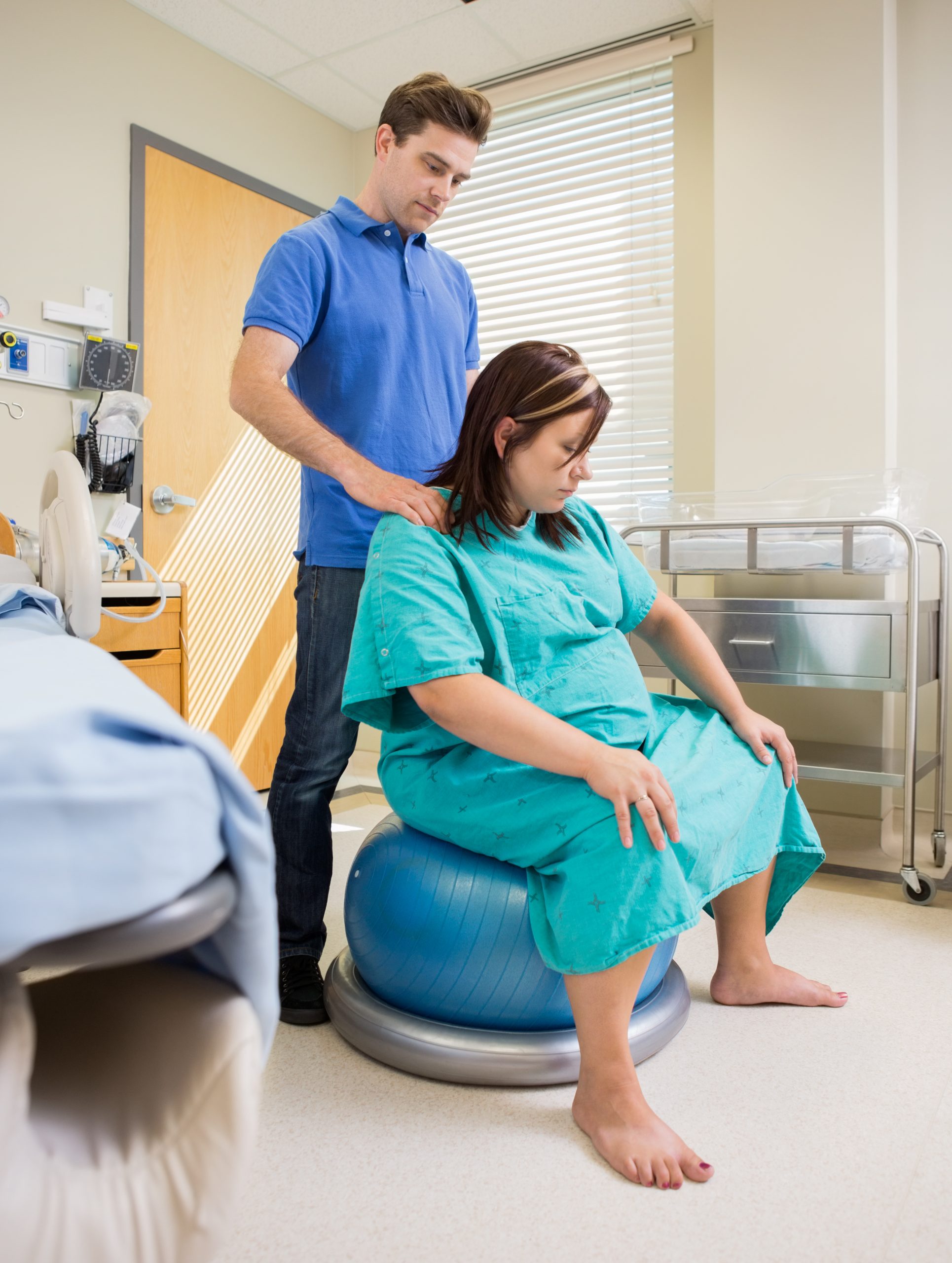There is research that tells us which women are more likely to have a VBAC than others, but we also know that having a normal birth depends greatly on a woman’s state of mind and how she is cared for during pregnancy, labor and birth.
Goer and Romano tell us that mothers and babies have healthier outcomes if their careproviders respect the natural (physiologic) process of labor. Introducing interventions only when medically necessary.
We know that mothers and babies have healthier outcomes when mothers are full participants in making decisions about how they want to give birth and when all careproviders work together to make sure that mothers and babies receive optimal care. The care that is best for them, not care that is beneficial or convenient for the careproviders or hospitals.
Simkin and Ancheta teach us that a woman’s psycho-emotional state can facilitate or complicate the progress of her labor. “ Labor is facilitated when a woman feels safe, respected, and cared for by the experts who are responsible for her clinical safety, when she can remain active and upright, and when her pain is adequately and safely managed.”
Here Is What ACOG Tells Us About the Odds of Having a VBAC
Women who labor after a cesarean have a 60−80% chance for a vaginal birth. A mother is more likely to have a vaginal birth if:
She had a prior vaginal birth before her cesarean
She has a healthy pregnancy weight
Her prior cesarean was for malpresentation (for example a breech)
She goes into labor at or near term
Her cervix has started to dilate or her bag of water had already spontaneously ruptured when she is admitted to the labor and delivery unit at the hospital
Her VBAC labor is not induced or augmented, and if
She does not have a medical complication such as preeclampsia
Other Significant Factors That Can Increase the Odds for a VBAC
Each labor and birth is unique but the way a woman is cared for can make birth easier, safer and more satisfying for mothers.
A mother is more likely to have a vaginal birth if she has freedom of movement for labor and birth.  If she is free to walk, change positions during labor and if she doesn’t give birth on her back. Many tried and true labor positions can help make labor easier and less painful. Hospital-based careproviders can safely monitor a VBAC labor by using a hand-held Doppler or ambulatory telemetry monitors to provide fetal monitoring so the mother can move about and benefit from comfort measures.
If she is free to walk, change positions during labor and if she doesn’t give birth on her back. Many tried and true labor positions can help make labor easier and less painful. Hospital-based careproviders can safely monitor a VBAC labor by using a hand-held Doppler or ambulatory telemetry monitors to provide fetal monitoring so the mother can move about and benefit from comfort measures.
If a mother can avoid an epidural in early labor she is less likely to end up with a cesarean. An epidural can slow down labor and make it necessary to use Pitocin to get labor going again. It can interfere with the baby’s ability to move through the pelvis and rotate to an anterior position for birth (easiest way for the baby to be born). An epidural can lower a mother’s blood pressure to a dangerous level and affect the baby’s heart rate. We now know that with an epidural, a mother can take up to two additional hours to give birth.
With the help of labor support from a doula (continuous emotional and physical support during labor and birth), careproviders that practice evidence-based care, and maternity care nurses who are trained in a variety of non-drug options for pain relief mothers are much more likely to have a normal birth. Evidence shows that with a midwife women have more prenatal education and counseling time, fewer labor interventions, fewer complications of birth, fewer cesareans and more VBACs.
Mothers can have safer and healthier births if their caregivers support Mother-Friendly care. The Ten Steps of Mother-Friendly Care was developed by The Coalition for Improving Maternity Services (CIMS). It is evidence-based, collaborative care that supports optimal, physiologic care for mothers, babies, and families. Mother-Friendly care has been shown to improve the odds for a VBAC, reduce complications, and improve health outcomes and satisfaction among mothers and their families. Mother-friendly care is the safest and most satisfying for mothers and families.
CIMS has published a brochure for parents to help them find a mother-friendly caregiver. It’s called, Having a Baby? Ten Questions to Ask.
To Increase Your Odds for a VBAC Look for a Supportive Maternity Care Team
How do your caregivers view VBAC? With confidence or fear?
Are they giving you enough information to help you make decisions about your birth?
Are your careproviders taking the time to answer your questions? To discuss the benefits and risks of treatments, procedures, and drugs?
What are their VBAC rates? Repeat cesarean rates? Routine intervention rates?
Are they treating you with respect?
Are they supportive of your wishes?
Do they make you feel safe?
Do they view labor and birth as a normal process?
Do they encourage doulas, family members or partners to help you when you give birth?
Are they offering you community resources that may be helpful to you?
What are your caregiver’s hesitations about VBAC? Can you discuss them so that you can labor with confidence?
If they are not comfortable with VBAC, are they giving you referrals to other providers, birth centers or hospitals that support VBAC?
If you don’t feel that your caregiver can give you full support to labor for a VBAC, are you willing to consider making a change?
Look for a Supportive Environment in which to Give Birth
Do you have the space to walk? Sit? Kneel?
Do you have furniture, pillows, a bed or rails to lean on?
Do you have a squat bar, birth stool, rocking chair or birth ball?
Do you have access to a bath or shower?
Do you have access to light foods and drink?
Can the light be dimmed? Can noise be eliminated?
Can you listen to the music of your choice?
Do you have privacy?
It may take much more time and effort than you anticipated to find the right caregiver and birth place to have your VBAC. But, it will probably be the most important work you would have done to help you have a safe and normal birth.
Resources
Short Videos on Labor and Birth Positions,Birth Pool, Birth Ball
Preparing for Vaginal Birth: Pushing Past a Previous Cesarean,a webinar
Healthy Birth Your Way: Six Steps to a Safer Birth
Rebecca Dekker, Friedman’s Curve and Failure to Progress: A Leading Cause of Unplanned C-sections





0 Comments